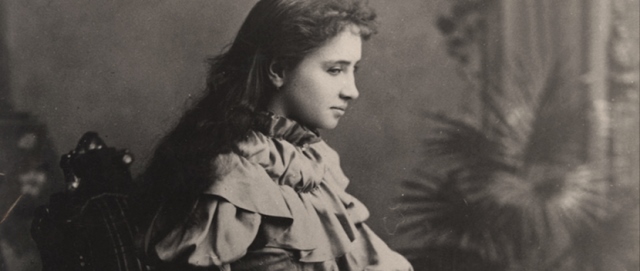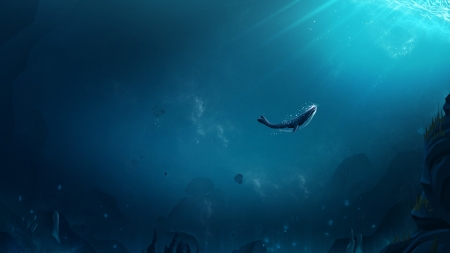Petra

Petra, originally known to its inhabitants as Raqmu, is a historical and archaeological city in southern Jordan. Constructed around 312 BC as the capital of the Nabataeans, Petra is considered one of the oldest metropolises in the world. It is in Petra that King Aretas called for the arrest of the biblian Apostle Paul after he was converted into Christianity.
Petra got its name from a feminine Greek word “petros” which means “rocks”. Its other name is Al-Batra in Arabic, but Petra is more popular. Petra is often called ‘Rose city’ because of the rose-red colored sandstone hills. It is well surrounded by the red-tinged mountains, which makes a reddish appearance.
Petra remained unknown to the world until it was rediscovered in 1812 by Johann Ludwig Burckhardt, a Swiss explorer. As it was an unknown entity for about 5 centuries, it is also called the ‘Lost City’.
In order to enter the Petra, one has to pass through a slim canyon of about 1.2 kilometer (0.75 mile). It is bound by tall cliffs of about 80 meters (260 feet) called Al-Siq which simply means ‘gorge’.
During historical times, the walls of Petra would have provided a safe haven for its inhabitants as the steep cliffs helped to defend them from attackers and the stream provided a source of water. Petra is an enormous city of tombs, monuments and sacred structures carved into stone cliffs. It has around 800 carved tombs and thus is denoted as “Royal Tombs”. Among the Petra’s amazing architecture, The Treasury is the most popular. It is estimated to be over 2,000 years.
Petra is more popular for its 800 individual monuments that includes buildings, tombs, baths, funerary halls, temples, arched gateways, and colonnaded streets, that were mostly carved from the kaleidoscopic sandstone. There are indications that at least the interior of the Petra monuments was once richly painted. As a visitor, you can see this in two places. One of the monuments in Little Petra has a detailed ceiling painting.
Among the most popular monuments in Petra is the 2,100-pound sandstone bust of Dushara, Petra’s primary male deity. The monuments are not built at all but carved into the rocks. Recent archaeological research indicates that they did this from top to bottom. Petra is one of the evidence to Mankind that Middle East was after all the most influential region of the world in the Middle Ages.
The Bedouin(nomads) of the Arabian Desert have destroyed some of the most priceless carvings on the Treasury’s walls. They used the carvings as target during their shooting practice. The structures on most of the Petra Archaeological site have been weakened by the salt that is blown from the dead sea and which crystalizes on the building’s columns.
The city of Petra is not solely famous for its spectacular buildings but also for its water conduit system. The Nabateans have put down the unique achievement to create a green oasis in the middle of the desert. Including ponds! This area of Jordan can experience flooding, but the waters are controlled by the system and measures have been put in place to effectively store water during long periods of drought. There was enough water to support the 30,000 people that are believed to have inhabited Petra. There was also enough water in this desert region to have lush gardens. A white dome crowns the 13th-century Shrine of Aaron atop Jebel Haroun—the highest point in Petra. An Egyptian sultan had the monument built to commemorate the death of Aaron, Moses’ elder brother, who, according to tradition, died on this spot.
Between 1 BC and 8 AD Petra suffered severe earthquakes and in May, AD 363 a pair of severe earthquakes destroyed half of the city. Many buildings and their water systems were highly damaged. This led to raiding and theft of artifacts from the site.
Only 15% of Petra has been explored by archaeologists. The rest remains to be discovered. Petra was classified as a UNESCO World Heritage Site in 1985. UNESCO also described Petra as ‘one of the most precious cultural properties of man’s cultural heritage’.
Indiana Jones and the Last Crusade, a famous American adventure film of 1989 was filmed here. The fictional Canyon of the Crescent Moon was filmed on the eastern entrance of the Petra.




